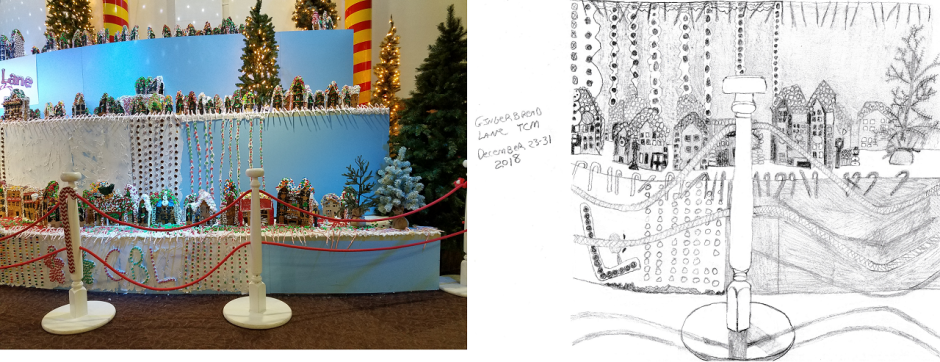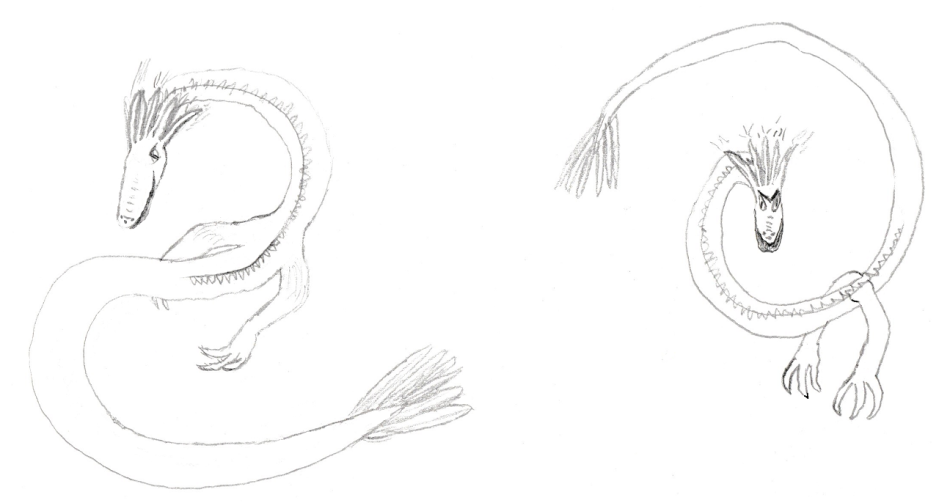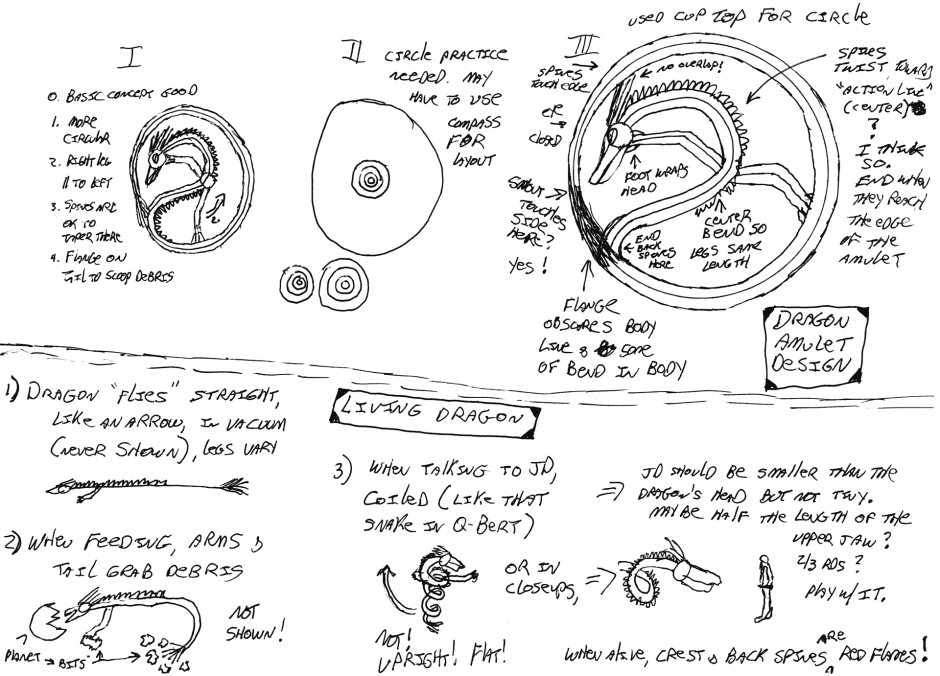Hi all, I haven’t written or drawn anything in a while. Not just not sharing here, I mean I haven’t done anything at all. Why? Too much opportunity.
Yes, that’s right, too much opportunity.
When dealing with people on a regular basis I get into a rhythm. I don’t naturally interact with people; I need constant practice to ensure I’m doing it “right” – or at least relative to what most people do. In a way, it’s like practicing a sport. If I’m hitting the batting cages or playing a baseball game every day I get pretty good at hitting… but if I take a few days off my swing is off, too. If I take a month off, it takes a while (and a lot of practice) to get my groove back.
For me, it’s the same with people. As an Aspie I find recognizing the little things, the nonverbal communication (more than half of communication, it turns out), to be difficult. Not impossible, mind you; although I do miss a lot I don’t miss everything. But to catch enough of it and figure out what a conversation buddy means other than the literal meaning of their words I have to do so using a rubric of sorts. What most of you do naturally, subconsciously, I have to do according to a plan, consciously.
Imagine a conversation in which, for everything you say, you have to replay the sentences in your head to make sure you acted in the same manner you intended for the meaning of your concept. Imagine having to consciously notice if someone’s making eye contact, if someone’s getting fidgety or bored, focusing on that while listening to the other person talk to you. It ain’t easy; it’s like trying to count one stack of things while someone else is counting their own stack out loud. It reminds me of a comedic bit where one person is counting money to pay another.
One, two, three… say, how many fingers do you have?
“Five.”
Six, seven, eight… how many eggs in a dozen?
“Twelve.”
Thirteen, fourteen…
(What’s this got to do with writing and art? I’m getting there.)
I’ve been socially isolated from my peers, my students, and the general public – everyone but my immediate family – for more than two months now. My family understands I have an odd communication style and they adjust… but then, when I get in a Zoom meeting with people, I find I’ve forgotten how to communicate with people who don’t know that. I make a lot of gaffes. But Zoom meetings only take an hour or two a week; it’s hardly communication practice.
And that brings me to writing and drawing. The stress of having to deal with people every day is pretty bad. It’s a lot of work to keep up “social appearances,” so after a day of dealing with people I want to unwind – and my art (drawing and writing) is that method of unwinding. Now that I don’t have to deal with people I have all the time I want to dedicate to writing or drawing… but my incentive to do so, to escape people, is gone. I’m already escaping people by social isolation.
An awkward analogy is eating ice cream. Everyone wants to be alone, and/or eat ice cream, once in a while. But if I am alone or eating ice cream all the time it’s not good for me.
The converse analogy is a good workout. It’s hard, and sometimes we don’t like it – but the alternative is worse. It may feel good to skip a workout once in a while, but to do so for weeks on end… isn’t good.
I am stunned to read myself writing this, but… I kind of miss people. It’s time to come back from the enforced vacation.









